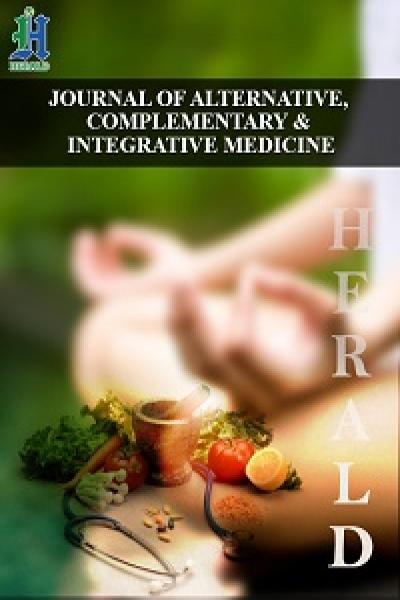
Comparison of the Efficacy of Interleukin-23 Inhibitors in the Treatment of Psoriasis in a Tertiary Care Hospital
*Corresponding Author(s):
José Manuel Vinuesa-HernandoDepartment Of Pharmacy, Hospital Clínico Universitario Lozano Blesa, Spain
Tel:+34 660790764,
Email:jmvinuesa@salud.aragon.es
Introduction
Interleukin-23 (IL-23) is a key cytokine in the pathophysiology of psoriasis, and its inhibition has proven highly effective in managing this chronic inflammatory disease. The monoclonal antibodies guselkumab, risankizumab, and tildrakizumab act by blocking the p19 subunit of IL-23, thereby preventing its interaction with the IL-23 receptor (IL-23R). This leads to reduced activation of Th17 lymphocytes and a subsequent decrease in cutaneous inflammation [1].
Objective
To compare the clinical efficacy of guselkumab, risankizumab, and tildrakizumab in patients with psoriasis treated at a tertiary care hospital, based on changes in the Psoriasis Area and Severity Index (PASI) and the proportion of patients achieving complete remission (PASI 0).
Methods
This was a retrospective, observational, and descriptive study including adult patients treated with IL-23 inhibitors between August 2020 and January 2024. Demographic, clinical, and therapeutic variables were collected. Efficacy was assessed by comparing baseline PASI scores with those from the first follow-up visit (between weeks 4 and 16), along with the percentage of patients achieving PASI 0.
Results
A total of 110 patients were included (63.6% male; median age, 52.5 years). Treatment distribution was as follows: tildrakizumab (n = 25), guselkumab (n = 38), and risankizumab (n = 47). The median baseline PASI versus post-treatment PASI scores were: tildrakizumab 8.8 → 1.4; guselkumab 8.2 → 0.9; risankizumab 7.2 → 0.8. The proportion of patients achieving PASI 0 was higher with risankizumab (38.3%) and guselkumab (31.5%) compared to tildrakizumab (20.0%).
Discussion
Our findings are consistent with previous studies indicating superior efficacy of guselkumab and risankizumab over tildrakizumab in achieving complete responses in moderate-to-severe psoriasis [2,3]. In analyses such as that by Armstrong et al., guselkumab and risankizumab showed higher PASI 90 and PASI 100 rates compared to tildrakizumab in adjusted indirect comparisons [2]. Similarly, the meta-analysis by Sawyer et al., identified risankizumab as one of the IL-23 inhibitors with the highest likelihood of achieving PASI 100 [3].
Conclusion
In this cohort, guselkumab and risankizumab demonstrated greater efficacy than tildrakizumab in terms of PASI reduction and the proportion of patients achieving PASI 0. However, heterogeneity in baseline characteristics and previous treatment lines limits the ability to establish definitive superiority. Further randomized head-to-head trials and real-world studies with robust comparative methodologies are needed to confirm these findings.
References
- Liu T, Li S, Ying S, Tang S, Ding Y, et al. (2021) IL-23 pathway in inflammatory skin diseases: From bench to bedside. Front Immunol 12: 679830.
- Armstrong AW, Soliman AM, Betts KA, Wang Y, Gao Y, et al. (2020) Comparative efficacy of biologics in patients with moderate-to-severe plaque psoriasis: A network meta-analysis of PASI response at 12 weeks. J Eur Acad Dermatol Venereol 34: 1716-1726.
- Signorovitch JE, Betts KA, Yan YS, LeReun C, Sundaram M, et al. (2021) Comparative efficacy of therapies for moderate-to-severe psoriasis: A systematic literature review and network meta-analysis. J Eur Acad Dermatol Venereol 35: 1319-1328.
Citation: Merchan A, Simal R, Pérez M, Chilet E, Sopena L, et al. (2025) Comparison of the Efficacy of Interleukin-23 Inhibitors in the Treatment of Psoriasis in a Tertiary Care Hospital. HSOA J Altern Complement Integr Med 11: 596.
Copyright: © 2025 Merchan A, et al. This is an open-access article distributed under the terms of the Creative Commons Attribution License, which permits unrestricted use, distribution, and reproduction in any medium, provided the original author and source are credited.

